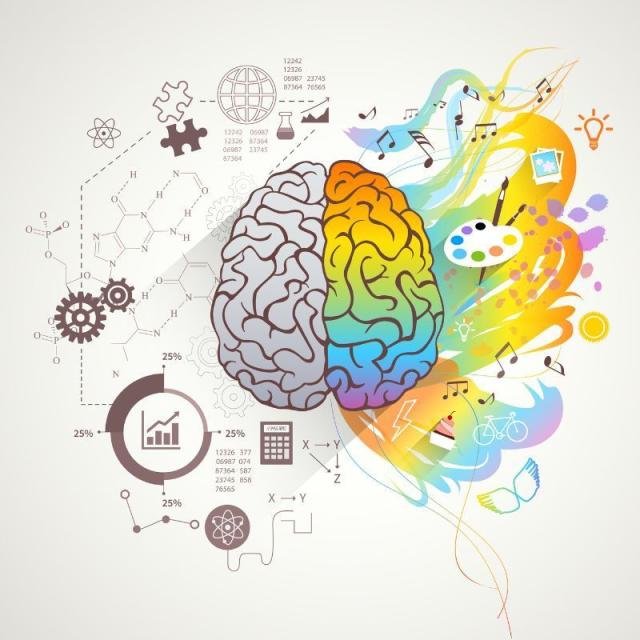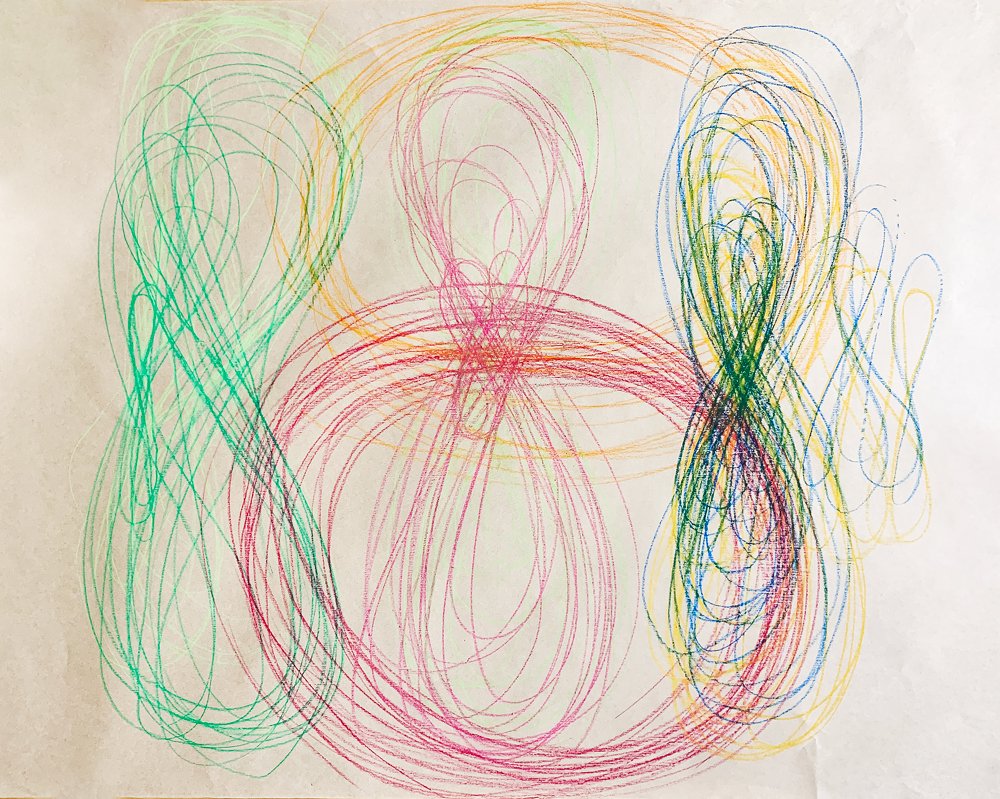Embracing the Harmony: A Personal Traverse Through Creativity and Cerebral Symmetry
Hello dear readers, I find myself in awe of the complex symphony within us all: the intricate dance of creativity and brain function. Please grab a beverage of choice and pop on your thinking cap as I share some of my musings with you and help unravel this esoteric intersection.
The good old left and right brain conundrum, what do the two halves do anyway? Well, research has delved into the distinct functionalities and dialogues between the brain's left and right hemispheres, finding distinct functionalities and an indispensable collaboration. To better understand this intersection, I married my newfound knowledge from the sphere of Neuroaffective Touch with a tapestry of personal experiences in art and creativity, and this has allowed me to better understand the landscapes of our cerebral hemispheres, and how they orchestrate our developmental story.
Picture, if you will, the womb—our first creative space? Possible. Stay with me here. Here, our tiny bodies choreograph movements to a silent rhythmic symphony, our experience is purely sensory, but a prelude to the explicit memories we cannot yet form. This is the domain of the implicit, housed within the intuitive right brain, accessible not through words but through a felt sense that sings of our earliest encounters with the world.
As newborns, we enter a world where our bodies become conduits of communication, our nerve networks transmitting messages like whispers, guiding our expanding motor responses. Here, the right brain reigns, interpreting the world through a lens of non-verbal cues, intuition, and the rich palette of emotions - We feel the world before we can name it.
There have been some pioneers in this field. Alaine Le Pierre, founder of Neuroeffective Touch talks about the development of our right and left cortical hemispheres and their function and purpose. Alaine refers to Allane Shore and Damasio, two significant neuroscientist whose work focuses on the development of the right and left side of our brain and their function. She also references Eugene Gendlin, the originator of Focusing therapy, who introduced the concept of the 'felt sense' to our lexicon, enriching our understanding of sensory-emotional awareness.
So what is implicit and explicit memory?
The essence of implicit memory is intrinsically woven into the fabric of our autonomic nervous system (ANS), silently choreographing the vital functions that hum beneath the surface of consciousness. This form of memory is the undercurrent of sensation and the wordless influence that shapes our very foundation.
Conversely, the left hemisphere is the scribe of our cerebral duo. It is here that language is born, where experiences are analysed, and insights formed - a skill that matures around age 2 to 3. It is explicit, the library of our memories where the stories of our past are catalogued and recited. Yet, its roots are deeply embedded in the implicit experiences tenderly coded in the right brain through our earliest, pre-verbal interactions with our caregivers.
Perhaps the distinction between implicit and explicit memory is like comparing the experience of creating art to explaining it? Implicit memory is the raw sensation, the unspoken dialogue of our autonomic nervous system, regulating life's rhythms beneath our conscious awareness. It's the habit that shapes us, the undercurrent of emotion that needs no words to make its presence felt.
So what does Creativity have to do with it?
Well, I see creativity emerging as the bridge between these memory realms. When we channel our feelings through Creativity, we not only crystallise our emotions, but also engage in a symbiotic dialogue that harmonises both hemispheres. The corpus callosum stands as the grand conductor, orchestrating the flow of this bilateral conversation, or cross-talk if you will. Both cerebral hemispheres, in their unique splendour, are indispensable to our essence. They collaborate to coax the implicit memories from the depths, allowing them to bloom through creative expression. The arts—be it visual, dance, or music—invite the right brain to play, to reconnect us with our pre- linguistic, sensory heritage.
As artists, we nurture our left brain through deliberate practice and technique, yet we also embrace the spontaneity of our origins, employing methods that resonate with the whimsical spirit of automatism, and techniques that hark back to the Surrealist movement of the 1920s.
In my creative process, and through the lens of witnessing others' creative undertakings, the significance of non-verbal choices becomes clear. The simple act of picking a colour, or a texture triggers an instinctual dialogue with the implicit self. And as art materialises, the left brain awakens, translating the felt experience into a narrative.
This interplay births art that embodies both the right brain's sensorial whispers and the left brain's reflective prose, a testament to their inseparable partnership. It's a process that permits a renaissance of the implicit self, which society often teaches us to suppress.
Creative practices like bilateral drawing epitomise this cerebral collaboration, inviting both hemispheres to the canvas to paint a holistic portrait of our emotional landscape, bolstering our ability to navigate the complexities of life with emotional intelligence and grace.
So let's pick up our brushes, literal or metaphorical, and allow ourselves the freedom to explore, to express, and to heal. In this creative pursuit, we're not just making art; we're rediscovering the silenced parts of ourselves, engaging in a conversation that transcends words and taps into the essence of what it means to be truly human.
Thanks for reading dear community and best wishes on your journey,
~ Tania and The Creative C team







